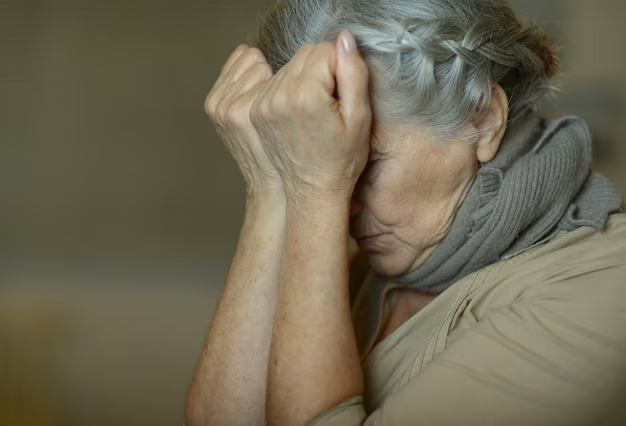Understanding Parkinson's Disease in Women: Key Information and Resources
Parkinson's disease is a progressive nervous system disorder that affects movement, and yes, women can get Parkinson's disease. While it is more prevalent in men, with a ratio of about 1.5 to 1 when compared to women, understanding how this disease impacts both genders is essential for early diagnosis and effective management.
Symptoms and Diagnosis
Parkinson's symptoms typically begin gradually and might include a barely noticeable tremor in just one hand. While tremors are common, the disorder may also cause stiffness or slowing of movement. Key symptoms of Parkinson's include:
- Tremor: Shaking that usually begins in a limb, often the hand or fingers.
- Bradykinesia: Slowness of movement, making simple tasks time-consuming and difficult.
- Rigid Muscles: Muscle stiffness can occur in any part of the body, limiting range of motion and causing pain.
- Impaired Posture and Balance: Posture becomes stooped or balance is impaired as the disease progresses.
- Loss of Automatic Movements: Blinking, smiling, or swinging your arms while walking become reduced or lost.
Diagnosis is typically based on medical history, symptoms, and a neurological and physical examination. While there's no specific test for Parkinson's, imaging tests—such as a dopamine transporter scan (DaTscan)—may support the diagnosis.
Why Women Should Be Vigilant
While women are less likely to develop Parkinson's, they often experience a longer time until diagnosis, possibly due to differences in how symptoms manifest and are perceived. Understanding these nuances and seeking medical advice promptly if symptoms appear is crucial. Additionally, women with Parkinson's may face unique challenges, such as a higher burden of caregiving responsibilities or differences in how the disease progresses.
Financial and Educational Support for Parkinson’s
Managing a chronic neurological disorder like Parkinson's can have significant financial implications. Fortunately, numerous resources are available to assist with the financial burden and educational needs associated with the disease.
Government Aid Programs
- Medicare and Medicaid: These programs help cover medical expenses related to Parkinson's disease, including specialist consultations and medications.
- Social Security Disability Insurance (SSDI): If Parkinson's affects your ability to work, SSDI provides monthly benefits based on your income history.
Financial Assistance Options
- Nonprofit Organizations: Groups like the National Parkinson Foundation and the Michael J. Fox Foundation offer grants and programs to assist with out-of-pocket costs.
- Prescription Assistance Programs: Several pharmaceutical companies offer programs to help lower the cost of medications for those who qualify.
Educational Grants and Resources
- Community Education Programs: These offer valuable information on managing symptoms, mental health support, and strategies for everyday living.
- Online Courses and Webinars: Websites like Parkinson's Foundation provide free access to resources and educational content aimed at patients and caregivers.
Ensuring that you or your loved one receives comprehensive support involves leveraging these programs to reduce financial stress and enhance the quality of life.
Key Resources at a Glance
Here's a handy checklist of available programs and resources:
- 📊 Medicare & Medicaid: Coverage for medical expenses related to Parkinson's.
- 💰 SSDI: Income replacement for those unable to work due to Parkinson’s.
- 🎗️ Nonprofit Grants: Financial assistance for medical costs from organizations like the National Parkinson Foundation.
- 💊 Prescription Savings: Discounts and assistance programs from drug manufacturers.
- 🧠 Community Education: Local and online resources for managing life with Parkinson's.
- 🌐 Online Learning: Courses and webinars from renowned Parkinson's organizations.
Understanding and accessing these resources can help navigate the complexities of living with Parkinson's disease. Being proactive in both health management and financial planning ensures that challenges are met with comprehensive support and compassion.

Related Topics
- Are There Environmental Causes Of Parkinsons
- Can Alcohol Cause Parkinson's
- Can Concussions Cause Parkinson's
- Can Concussions Cause Parkinson's Disease
- Can Dogs Get Parkinson's Disease
- Can Dogs Get Parkinsons
- Can Dogs Have Parkinson's
- Can Dogs Have Parkinson's Disease
- Can Females Get Parkinson Disease
- Can Head Trauma Cause Parkinson's